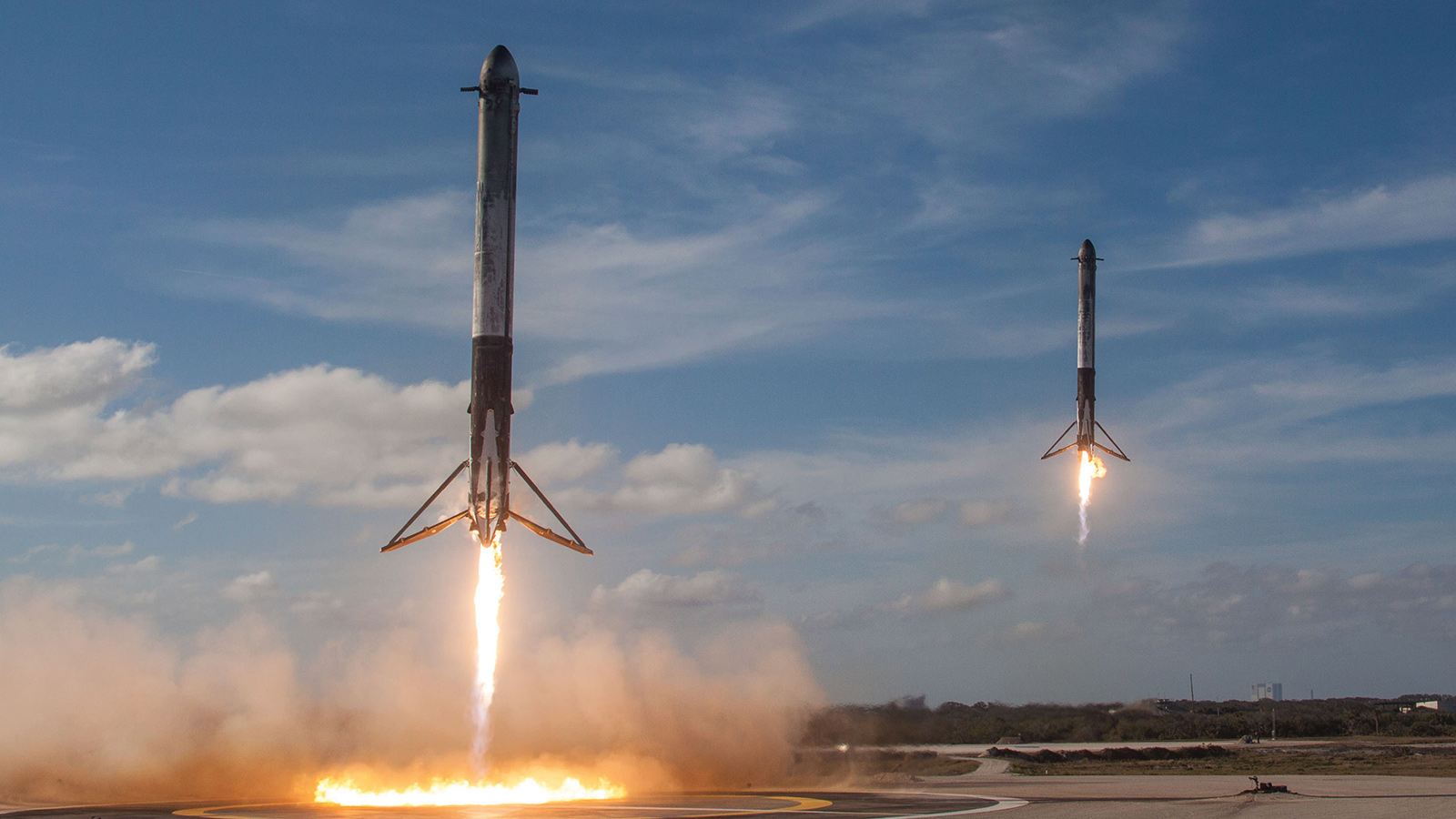Stay Up to Date
Submit your email address to receive the latest industry and Aerospace America news.
The Communications Systems Technical Committee is working to advance communications systems research and applications.
In many communications satellite service markets this year, operators were again faced with overcapacity and declining revenues, uncertainties about future demand, and ascertaining the best communications satellite system architectures to serve that indeterminable demand.
Operators were further challenged by the prospect of at least 15 planned non-geosynchronous orbit, or NGSO, constellations of communications smallsats (satellite mass under 800 kilograms) promising increased capacity with universal broadband access at reduced costs and a surfeit of New Space companies developing low-cost smallsat launch vehicles to orbit those constellations. Operators chose to curtail orders for large geosynchronous orbit, or GSO, communications satellites for the fourth consecutive year. In turn, industry manufacturers responded by increasing their focus on and investments in smallsat development and production capabilities.
In March, Northern Sky Research reported capacity prices had declined 35 to 60 percent over the preceding two years — and were still dropping — depending on the application. The price declines were attributed, in part, to relentless launches of high throughput satellites. Despite falling capacity prices and the high-profile financial failures of NGSO constellations developed in the late 1990s, investors and innovators — apparently encouraged by another two decades of Moore’s law advances in space and substantial reductions in launch costs — are planning new NGSO broadband communications satellite constellations. Among them are 13 low Earth orbit smallsat megaconstellations, including those from OneWeb, SpaceX’s Starlink, Telesat LEO, LeoSat, Facebook’s Athena, Boeing V-Band and Samsung, each with between 108 and 4,600 smallsats; and two medium Earth orbit constellations, O3b and ViaSat with 27 and 24 satellites, respectively. Large GSO satellite operators Intelsat, SES, Telesat, Hughes Network Systems, Hipasat, SKY Perfect JSAT and ViaSat invested in NGSO communications satellite constellations, while operators collectively reduced GSO orders for the fourth consecutive year. After averaging 26 GSOs per year over the three years (2012-2014) preceding the downturn, only 19, 15 and eight orders were seen in 2015, 2016 and 2017, respectively. As of mid-September, six competitive orders had been received: one each to Northrop Grumman Innovation Systems (formerly Orbital ATK), SSL, Thales Alenia Space and Israel Aerospace Industries and two to ADS, suggesting a yearend total of eight GSO satellite orders. Some industry pundits believe the annual GSO orders run rate has bottomed and will plateau at this level, with no foreseeable recovery.
In response, virtually all communications satellite systems manufacturers increased their smallsat development and production capabilities to meet the growing demand for NGSO systems. In June, Northrop Grumman acquired Orbital ATK. In August, Boeing acquired Millennium Space Systems, and Lockheed Martin invested in Terran Orbital. Also that month, Maxar/SSL announced the opening of its San Jose, California, smallsat development facility while “considering strategic alternatives” for its GSO operations. ADS and TAS refined their smallsat NGSO capabilities with continued work on OneWeb and Iridium and Globalstar, respectively.
SpaceX continued to lead the launch vehicle industry with headline accomplishments. Through mid-October, Falcon 9 had launched 16 flights this year. The Block 5 upgrade, which flew three times in July and August, employs a reusable booster stage that can be flown 10 times before requiring significant refurbishment. Falcon Heavy made its debut in February when it launched Elon Musk’s red Tesla Roadster into a heliocentric orbit beyond Mars. Its 27 first-stage engines, nine in each of three reusable boosters, generate 22,019 kilonewtons at liftoff, enough to place 26.7 metric tons in GTO, making the Falcon Heavy the most powerful rocket since Saturn 5. The video of the synchronized landing of its side boosters is reminiscent of a 1950s science fiction film — except it’s now reality. SpaceX did not recover the core rocket but is expected to try again.
Perhaps inspired by SpaceX’s successes, more than 50 New Space companies are developing smallsat launch vehicles, many incorporating reusable boosters. Rocket Lab’s Electron, EXOS Aerospace’s SARGE, Firefly Aerospace’s Alpha and nearly a half dozen privately funded Chinese smallsat launch vehicle companies had rocket launches scheduled before 2019.
In an innovative application of existing technologies and communications satellite systems, Aireon announced its Aircraft Locating and Emergency Response Tracking, or ALERT, service will commence before the March 2019 fifth anniversary of the disappearance of Malaysian Airlines Flight 370. Aireon is deploying its space-based Automatic Dependent Surveillance-Broadcast, ADS-B, receivers on all Iridium NEXT satellites, the last 10 of which were to be launched in late 2018. Using the ADS-B receivers and Iridium communications network, an aircraft’s position, altitude and velocity can be updated and stored each minute to effect a “Black Box in the Cloud,” thereby preventing an ADS-B-equipped aircraft from mysteriously disappearing — like MH370 — anywhere in the world.
Contributors: Chris Hoeber and Roger Rusch
Stay Up to Date
Submit your email address to receive the latest industry and Aerospace America news.




